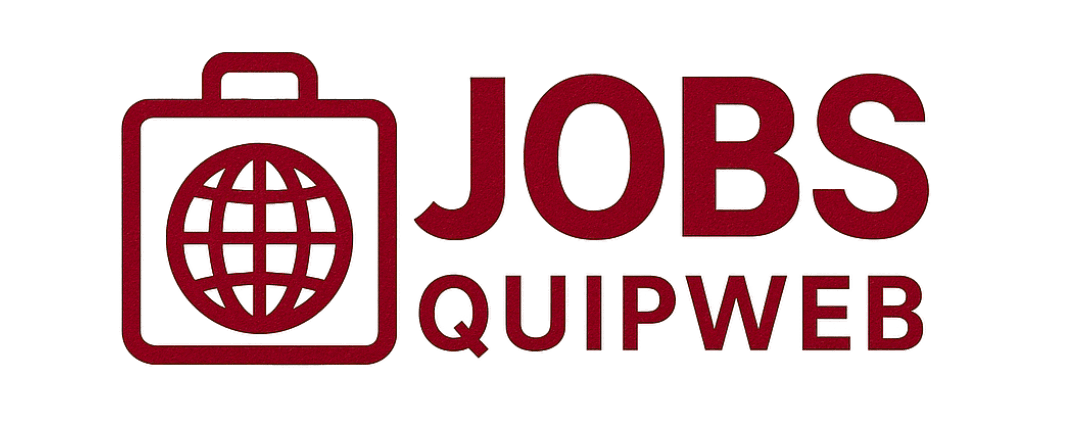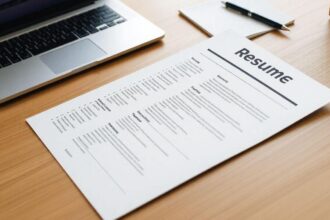How to Format a Professional Résumé for Career Changes is essential for anyone looking to switch gears in their job journey. Creating a compelling résumé can feel overwhelming, but with the right formatting, elements, and tips, you can shine in your next job application. Avoid common mistakes and learn how to effectively highlight your skills. Let’s dive into making your résumé stand out and help you land that dream job!
Understanding Professional Résumé Formatting
Key Elements of a Professional Résumé
When crafting a professional résumé, a few key elements are the backbone of a strong résumé that can catch an employer’s eye. Here’s what to focus on:
- Contact Information: Start with your name, phone number, email address, and LinkedIn profile. This makes it easy for hiring managers to reach you.
- Summary Statement: Write a brief summary that highlights your skills and experience. This is your chance to make a strong first impression.
- Work Experience: List your jobs in reverse chronological order. Each job description should include your role, achievements, and key responsibilities, focusing on accomplishments rather than just duties.
- Education: Include your degrees, schools, and graduation dates. Add relevant certifications as well.
- Skills: Highlight both hard and soft skills to showcase what you bring to the table.
Common Mistakes in Résumé Formatting
Many people make similar mistakes when formatting their résumés. Here are common pitfalls to avoid:
- Too Much Text: Keep your résumé concise; long paragraphs can overwhelm the reader. Use bullet points for clarity!
- Inconsistent Formatting: Stick to a consistent font, size, and style throughout for a clean look.
- Ignoring Keywords: Pay attention to job descriptions and include relevant keywords to get noticed by applicant tracking systems.
- Neglecting White Space: Use white space wisely to make your résumé easier to read and visually appealing.
How to Avoid Formatting Errors
To dodge formatting errors, follow these simple steps:
- Use a Template: Start with a professional résumé template to save time and keep your layout organized.
- Proofread: Double-check your résumé for typos and errors. A fresh pair of eyes can help, so ask a friend to read it too.
- Print It Out: Print your résumé to see how it looks on paper, helping you catch any formatting issues you might miss on the screen.
- Keep It Updated: Regularly update your résumé with new skills and experiences to be ready for new opportunities.
Effective Résumé Tips for Career Changes
Tailoring Your Résumé for New Roles
When switching careers, tailoring your résumé is crucial. Ensure it fits the new job you want perfectly. Instead of sending out the same old résumé, take the time to highlight the parts of your experience that match the new role:
- Read the job description carefully: Look for keywords and skills that the employer wants.
- Adjust your job titles if necessary: For example, change Customer Service Representative to Client Relations Specialist to better match the new job.
Highlight Skills in Your Résumé
Next, focus on showing your skills clearly. Make a list of your top skills and match them to the job you are applying for. This helps you stand out.
Here’s a simple table to illustrate how to align your skills with job requirements:
| Job Requirement | My Skill |
|---|---|
| Strong communication | Excellent verbal and written skills |
| Team collaboration | Experience in group projects |
| Problem-solving | Developed solutions in past roles |
Showcasing Transferable Skills Effectively
One of the best things to learn is the power of transferable skills. These are skills gained in your old job that can be used in your new one. Make sure to showcase them effectively:
- Customer service skills helped in sales.
- Project management experience translated well into a new role in marketing.
By focusing on these skills, your résumé becomes more appealing, demonstrating readiness for the new challenge.
Modern Résumé Designs and Layout Best Practices
Eye-Catching Résumé Formats to Consider
When thinking about your résumé, aim for it to stand out. A good format can make all the difference. Here are some helpful formats:
- Chronological: Lists work experience from most recent to oldest, showcasing career growth.
- Functional: Highlights skills instead of job history, focusing on what you can do rather than where you’ve been.
- Combination: Mixes chronological and functional formats, allowing you to showcase skills while providing work history.
Résumé Typography Suggestions for Readability
The right typography can enhance your résumé’s readability. Here are some tips:
- Font Choice: Prefer clean fonts like Arial, Calibri, or Times New Roman for a professional look.
- Font Size: Keep font size between 10-12 points for readability without taking up too much space.
- Spacing: Use 1.15 to 1.5 line spacing to make your résumé look less crowded and more inviting.
Choosing the Right Font and Size for Your Résumé
Here’s a quick look at some font options and their sizes:
| Font Style | Recommended Size |
|---|---|
| Arial | 10-12 points |
| Calibri | 10-12 points |
| Times New Roman | 11-12 points |
| Georgia | 11-12 points |
Choosing the right font and size is like picking the right outfit for an interview. You want to make a good impression, and your résumé is your first chance to do that!






